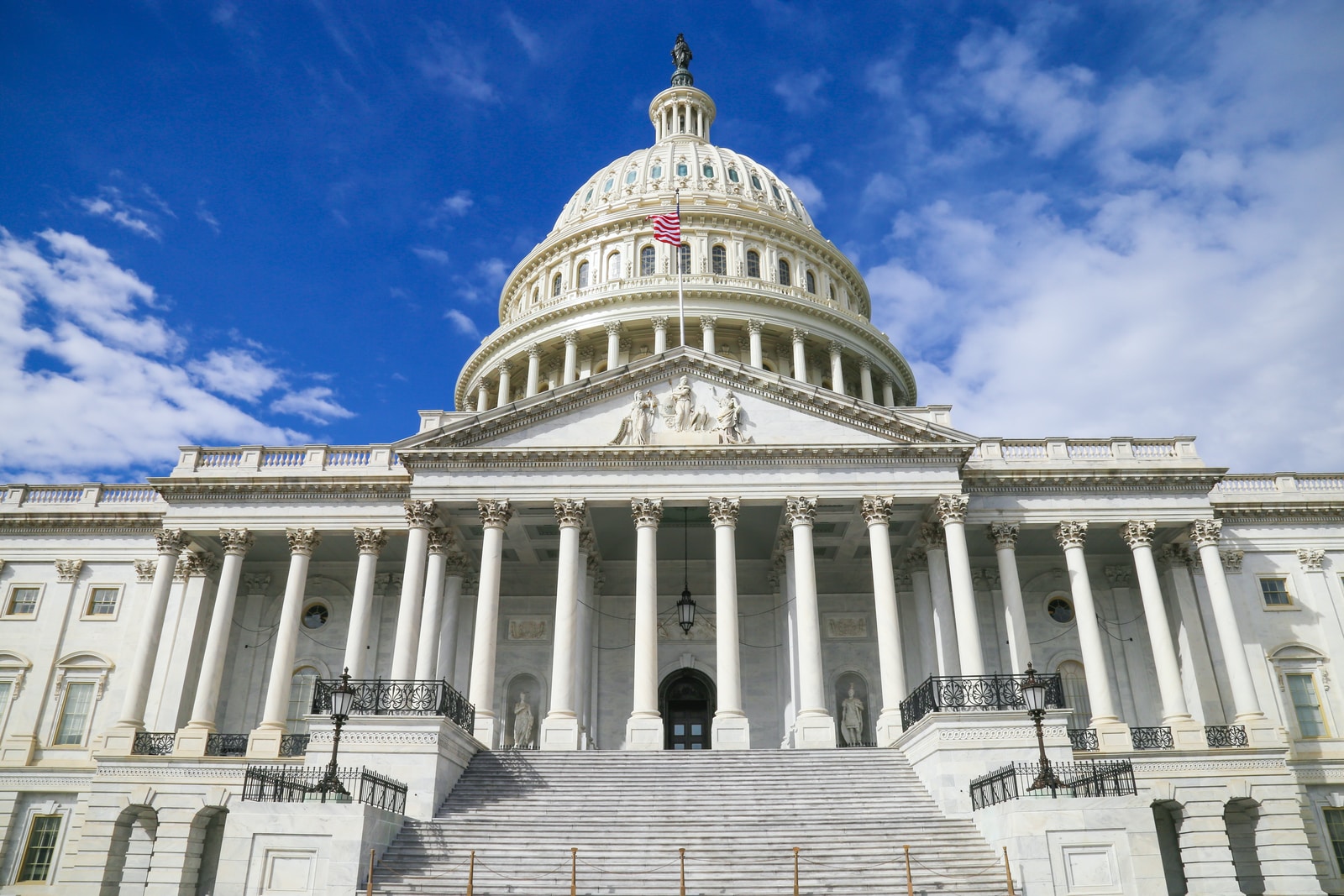
You Shouldn’t Always Delay IRA Distributions
The Secure Act 2.0 just upended retirement planning…again. The age when retirees must begin drawing from non-Roth retirement accounts increases to 73 in 2023, then

The Secure Act 2.0 just upended retirement planning…again. The age when retirees must begin drawing from non-Roth retirement accounts increases to 73 in 2023, then

The Secure Act 2.0 was signed into law December 29th, 2022, bringing more major changes to tax law. Among the most notable changes include a

Congress is once again poised to make sweeping changes to the retirement and tax rules in the last two weeks of the year. The Secure

UPDATE: In April 2024, the IRS again announced final regulations will be forthcoming and will apply (at earliest) to the 2025 distribution year. Individuals affected

It doesn’t always make sense to convert a traditional IRA to a Roth IRA. Your current and projected tax rate is often a main component

Updated for 2024. What are your 401(k) rollover options? You may consider rolling over an old 401(k) to a Roth IRA, which is properly described

Looking for ways to minimize taxes on RMDs? For wealthy retirees, mandatory distributions from retirement accounts can cause taxes to increase sharply. As with all

The Secure Act increased the required minimum distribution (RMD) age from 70 1/2 to 72, marking the first change to the RMD age since first

The Secure Act became law on December 20th, 2019, bringing the most significant changes to the retirement system in over a decade. Among the changes
Darrow Wealth advisor Kristin McKenna, CFP® talks to Your Money host Kent Smetters about the SECURE Act on Sirius Business Radio.